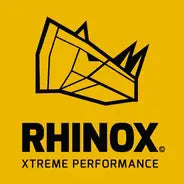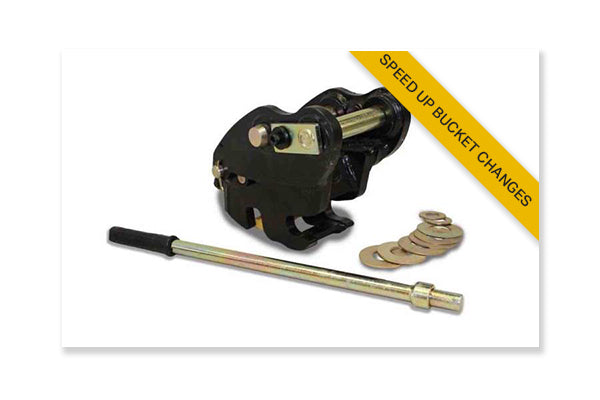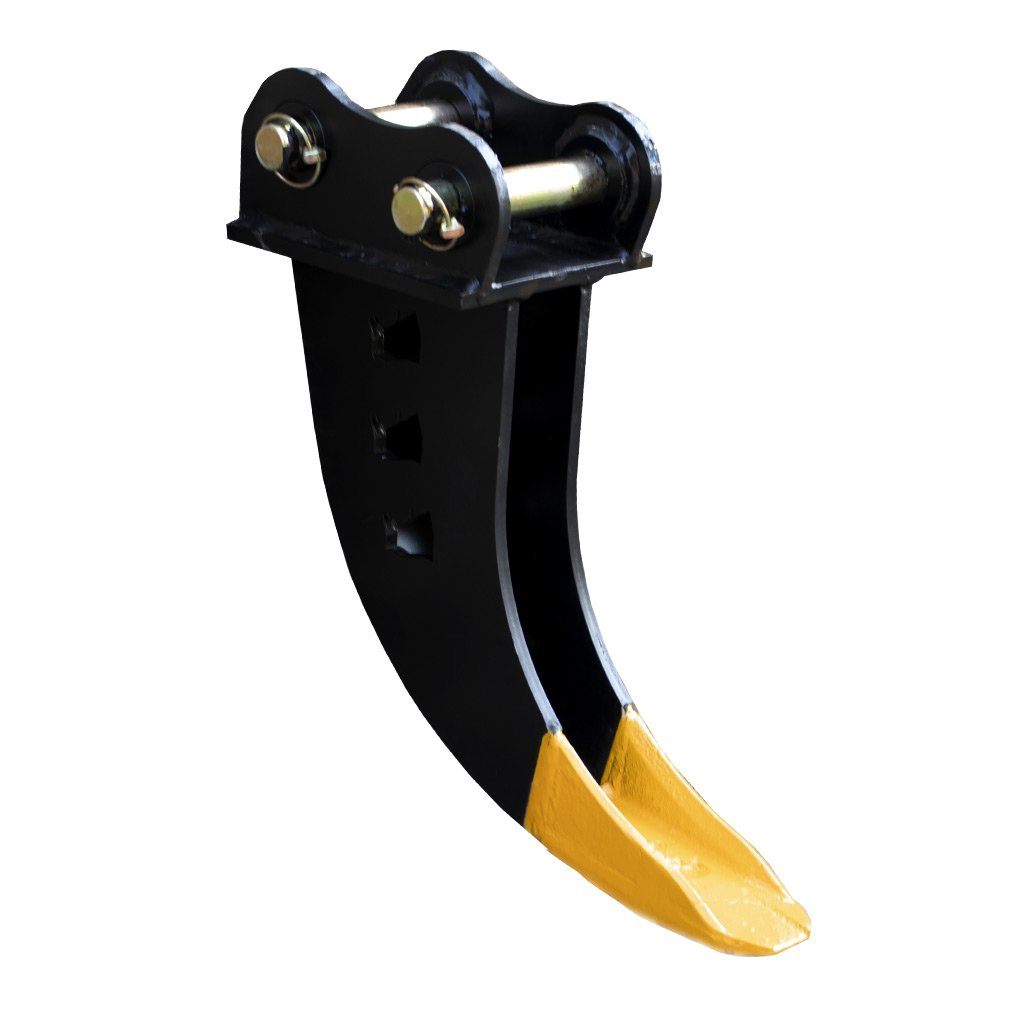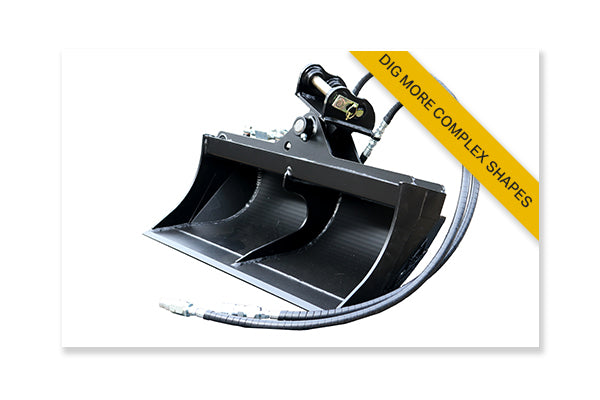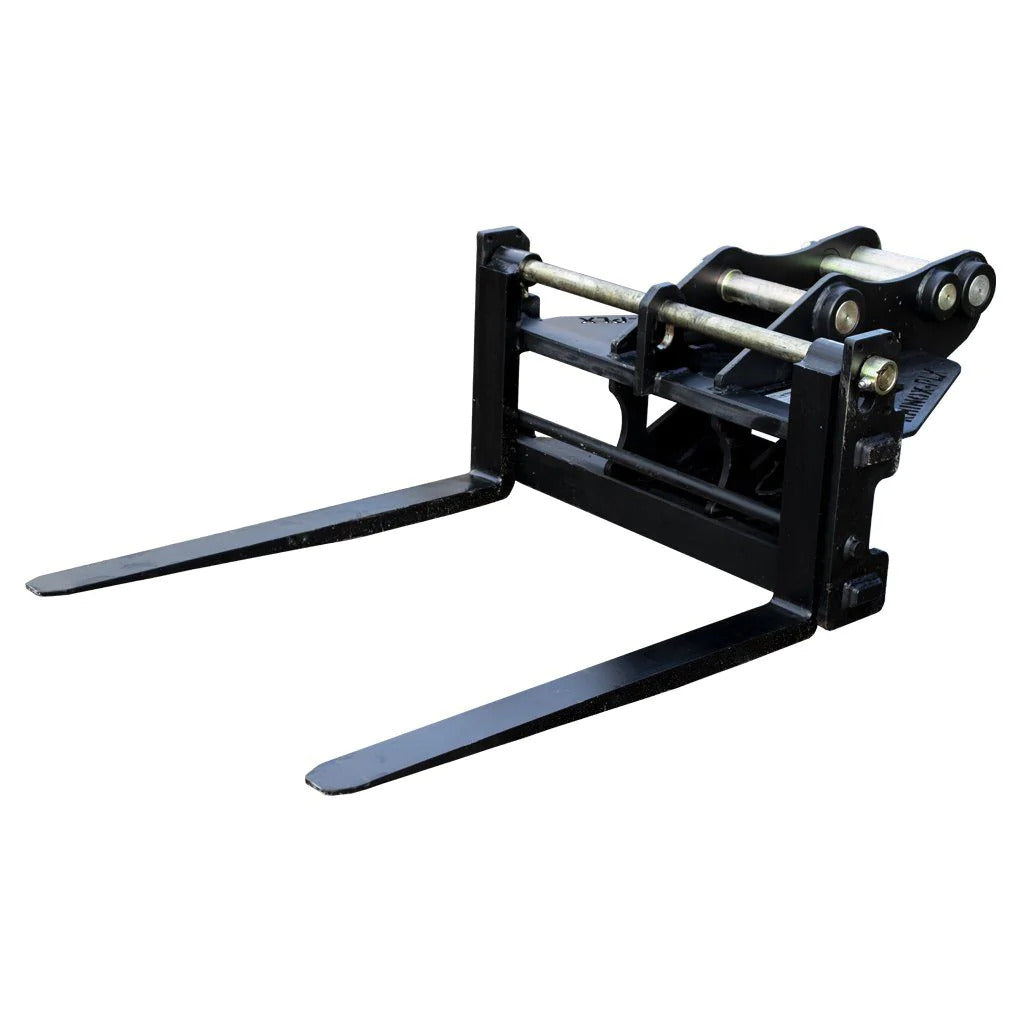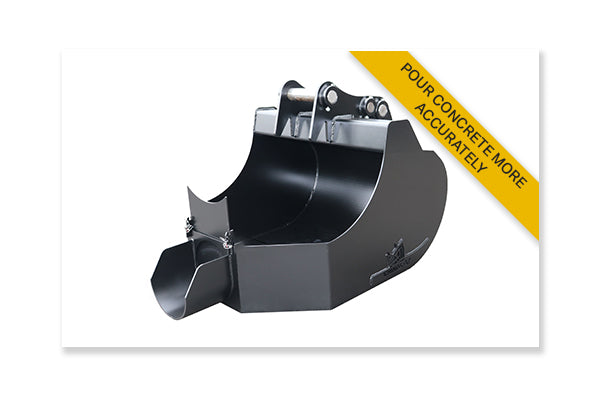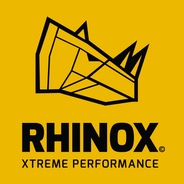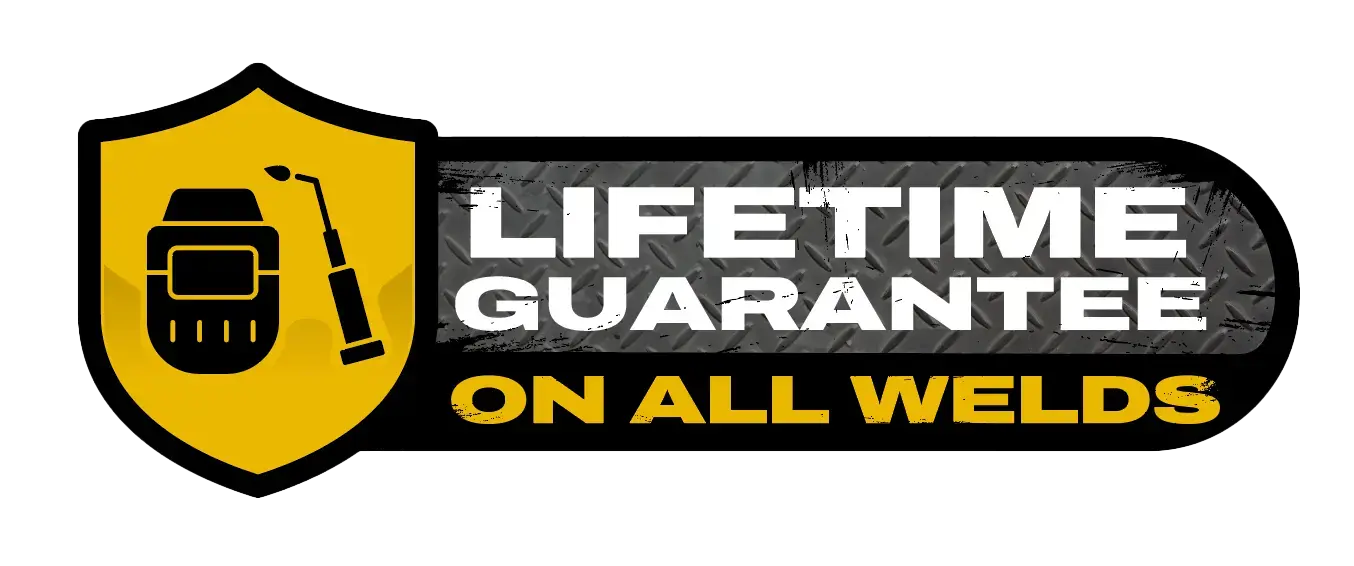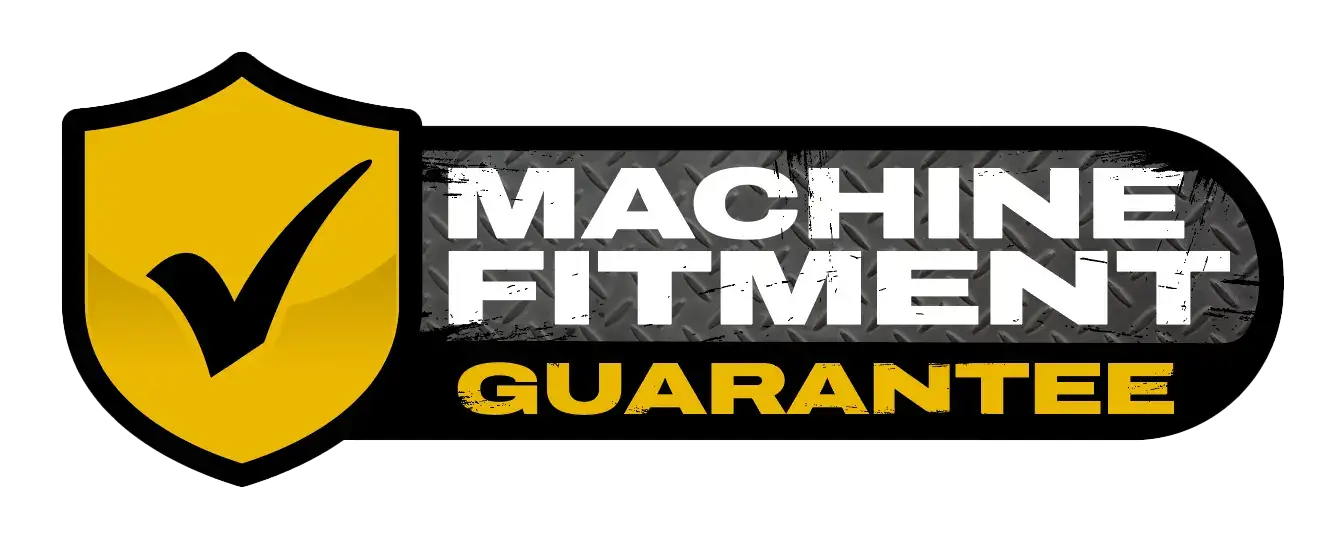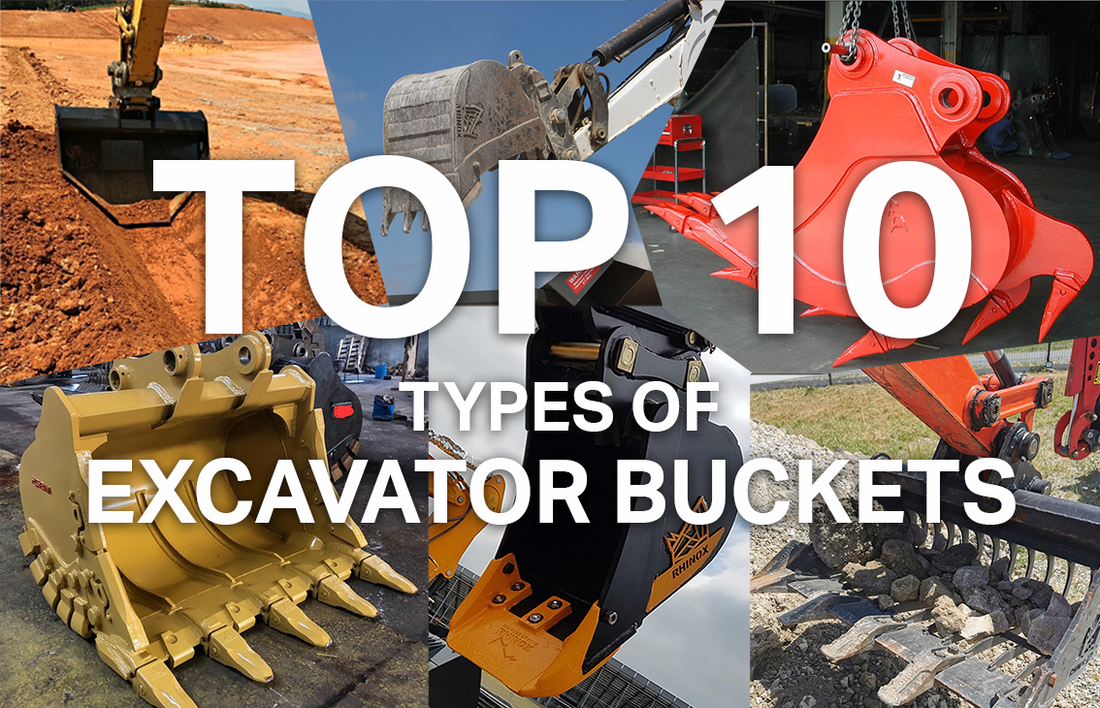
10 Different Types of Excavator Buckets
The construction industry is constantly growing and changing to keep up with the needs and demands of the users and operators in it. Where having the correct equipment for the job is essential. So, choosing the appropriate excavator bucket for your machines are necessary to efficiently tackle the specifications of the job and the type of material you are handling. There are now a huge selection of different types of buckets, so you might not know where to start if you're new or just looking to try something else. We have complied a list of 10 Different types of Excavator Buckets and what we believe are their best uses.

1. Digging Bucket
Also known as a general purpose excavator bucket, the digging bucket is the attachment you will most likely recognise. Digging buckets are the most common bucket provided with mini diggers and excavators when buying or hiring. It's primary use is what the name suggests - bulk digging through soil and rubble in construction, landscaping or groundworks environments.
The digging bucket is most commonly seen with fitted with teeth to help penetrate tougher, more compact ground. The teeth break through the material allowing you to scrape it into the bucket to be moved or removed. They're also becoming popular to be fitted with a blade for creating a flat bottom to your trench or to be used around utilities. The general purpose digging bucket usually comes in a large variety of widths to best suit the job at hand. For example, Rhinox mini digging buckets are available for 0.75 to 25 ton excavators, in 6", 9", 12", 18" and 24" to best suit the application, whether that be digging a small ditch or clearing a larger area.

2. Rock Bucket
Although a durable bucket, the standard digging bucket may not always be the most suitable bucket for your digging job. The rock bucket is a heavy duty version of the standard digging bucket. Rock buckets are reinforced with much stronger and thicker wear plates to add 'bulk' to the bucket and are fitted with sharper teeth. These modifications reinforce the bucket for use in much harsher conditions and help penetrate solid materials. A popular use is continuous breaking up of rocks and extremely abrasive, compact materials, like in quarries. Rock buckets are currently not available at Rhinox.
3. Utility Bucket
The utility bucket is a modification of the standard digging bucket, featuring the addition of the Uni-tusk - a rounded edge, bolt-on blade. The Uni-tusk is a Rhinox invention and was initially created to help protect utility workers when digging near utilities as it deflects cables away from the bucket. The unique Uni-tusk blade system has been manufactured as a bolt-on edge option to replace teeth or standard bolt-on blade options. As well as, the improved safety for utility works, the rounded, cast steel blade locks the side plates and lip plate in place, to increase the structural integrity of your bucket. It is also heat treated to 550 HB to further maximise the wear strength for continuous digging in harsh conditions.
4. Grading Bucket
The grading bucket is known by a wide variety of names, including: dyking bucket, finishing bucket or ditching bucket. The grading bucket is a wide, shallow bucket used for levelling and profiling the ground. The low profile shell design was designed to increase the width of the bucket without increasing the weight, as not to overload your excavator.
As mentioned, these buckets are best used for profiling, particularly softer materials and aggregates. The wider shell enables you to cover a wider distance in one motion. These buckets create a smooth finish to the material you're profiling due to the flat edge of the bucket, as well as the flat bottom. But they can also be used for a variety of other tasks such as: cleaning ditches, loading material, back-filling and sloping. The grading bucket is commonly fitted with a bolt-on blade to strengthen the lip plate and provide additional resistance against wear to prolong the life of your bucket. Grading buckets are available in a wide variety of widths to suit your excavator size. For example, Rhinox mini grading buckets are available for 0.75 to 25 ton excavators, in 30" to 84" wide.
5. Tilt Grading Bucket
The tilt grading bucket is exactly what the name suggests, it is a grading bucket that has the ability to tilt. A tilting bucket is the solution to grading and profiling on an angle. They're manufactured with a hydraulic hook up to allow them to tilt from left to right, providing greater flexibility when working on more complex forms and shapes, such as levelling slopes, cleaning ditches and maintaining sloped landscapes. The Rhinox tilt grading bucket is manufactured with 1 ram to allow you to tilt 45 degrees in both directions and plugs straight into your standard auxiliary or hammer hydraulics making it quick and easy to attach them ready to use.

6. V Bucket
The V ditching bucket is a triangular shaped bucket, designed to form clean sided, sloped drainage trenches. These V shaped dyking buckets are also commonly used for digging V shaped trenches used for laying pipes and cables across large plots of land. These buckets are usually manufactured for larger excavators due to the complex design required to create the trapezium shape. Currently, Rhinox do not manufacture v buckets but some of the popular manufacturers of this bucket on the market include Bucket Warehouse and Digbits.

7. Frost Bucket / Hardpan Bucket
A frost bucket or hardpan bucket looks and performs similarly to a rock bucket but has a bonus feature...a ripper tooth style attachment fitted to the reverse of the bucket. Depending on the manufacturers design, they might fit multiple of these ripper teeth features, with the purpose of these to further increase the digging ability. They provide additional penetration to help break up extremely compacted grounds, where your standard digging or rock bucket can't quite cut it - helping to loosen rocks and other aggregates as the bucket curls round. Rhinox do not manufacture frost buckets.
8. Micro Trenching Bucket
The micro trenching bucket, also known as a deep dig or fibre optic bucket, is a deeper, narrower bucket than any other. The micro trenching bucket was initially designed for digging narrow trenches for the installation of fibre optic cables but is now used for a variety of applications, such as laying standard cables, pipes and irrigation. The main benefit of the micro trenching bucket is the time spent digging, backfilling and remediating surfaces. The amount of time taken to dig out the initial trench is drastically reduced alongside a reduction in the amount of time spent backfilling the area you have dug out. You can also save large amounts of money on materials usually required to reinstate the surface to it's initial condition, such as retarmacking a public footpath. Rhinox micro trenching buckets are available for 0.75 to 4 ton mini diggers, in 3", 4", 5" and 6" widths at depths of 400mm and 700mm (15" and 27").
9. Riddle Bucket
The riddle bucket is also referred to as the skeleton bucket due to its design or a shaker bucket due to the action required to use it. Riddle buckets are manufactured with a slotted back and used for separating different sizes of material, for example removing bricks and roots from soil. They are primarily used on building sites to remove larger aggregates from the ground to be reused or recycled. Most often, it's more cost effective to separate the aggregates on-site and arrange for their collection or repurposing, rather than disposing of them as mixed aggregates. Rhinox riddle buckets are manufactured using a similar design to our standard digging buckets which allows us to produce a variety of sizes, from 24" to 60" wide, to suit 0.75 to 25 ton excavators.
10. Rake Riddle Bucket
The rake riddle bucket is a combination of your standard land clearance rake and a riddle bucket. Also known as the rake bucket, the rake riddle bucket is a shallow bucket with a slotted back and narrow tines along the front edge. As the name suggest, the rake riddle bucket allows you to rake through materials in the ground like tree roots or brambles and then riddle the material of bricks and larger rocks in one movement. The rake riddle bucket is designed to save you money as you not only save space required to store two separate excavator attachments, you also save money on purchasing and maintaining two separate attachments. Rhinox rake riddles buckets are currently available for 0.75 to 8 ton excavators.
In conclusion, excavator buckets come in various shapes and sizes, each tailored to meet specific construction, excavation and landscaping challenges. From standard digging buckets to specialised attachments for rock excavation, grading and trenching, these versatile tools are essential for maximising efficiency and productivity on sites, as well as saving you money on repairing or replacing damaged buckets. Understanding the unique features and applications of different types of excavator buckets ensures smooth and successful project execution.
